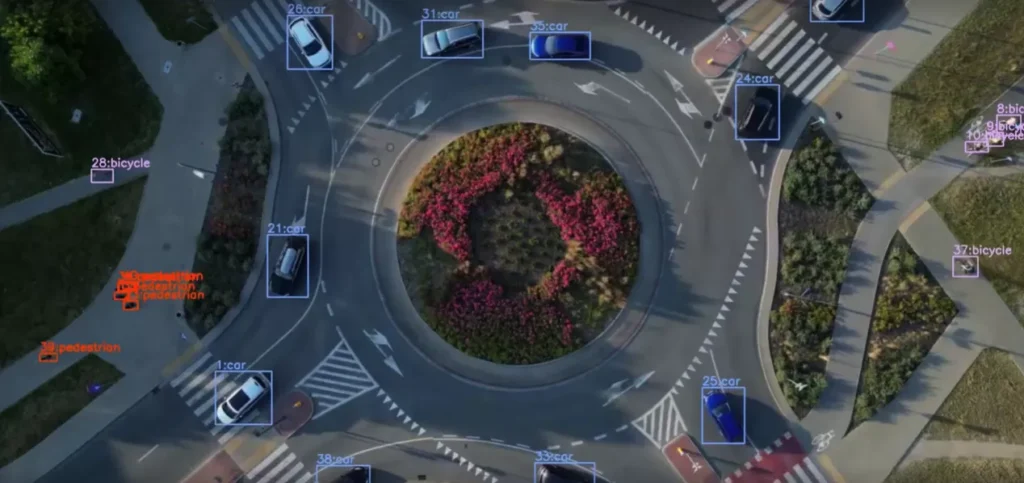
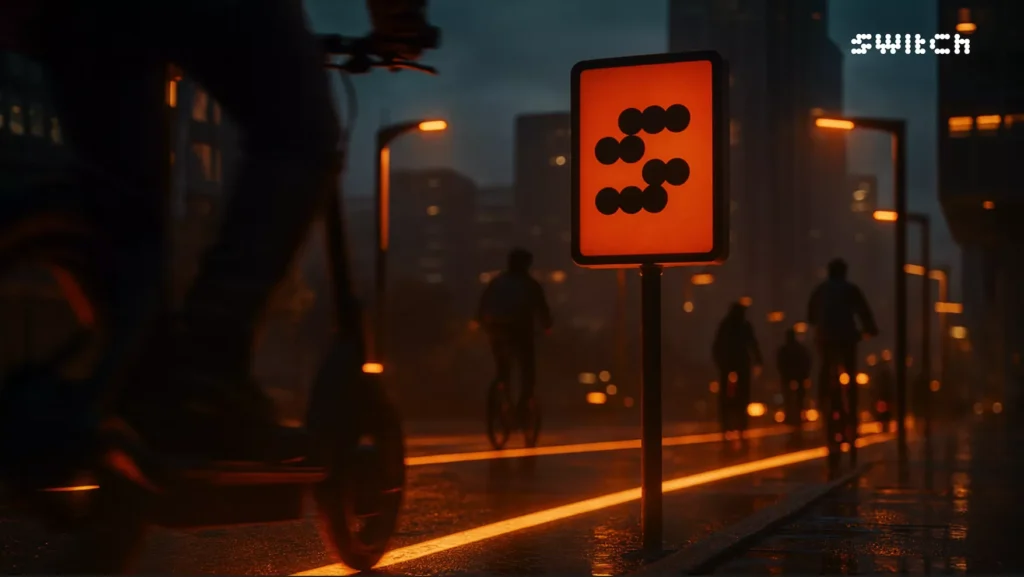
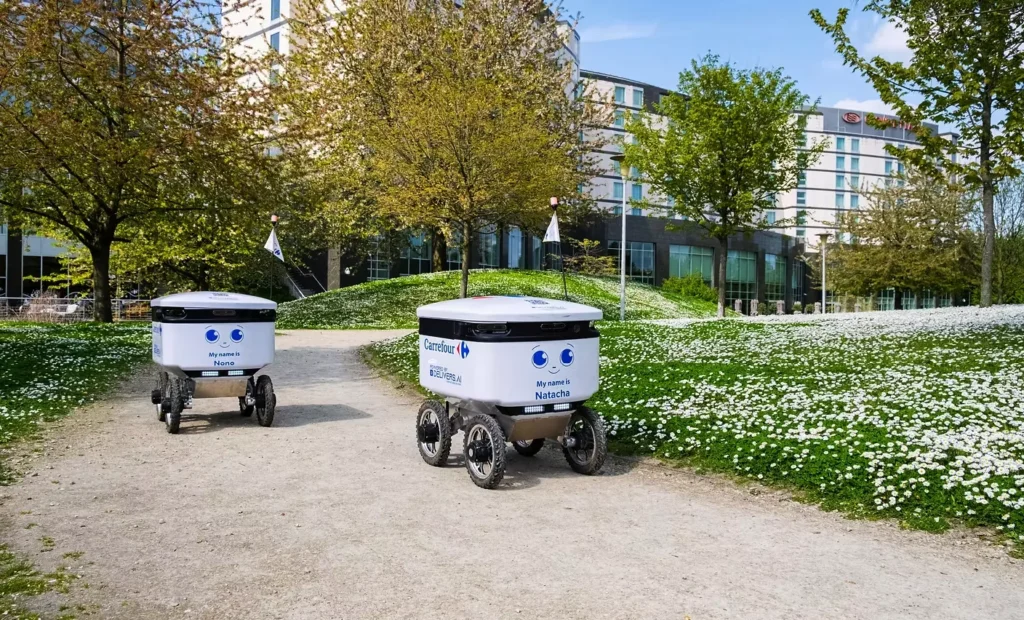
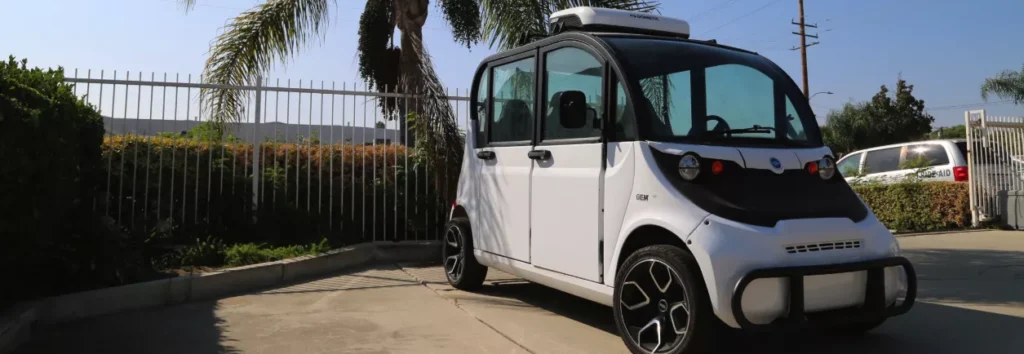
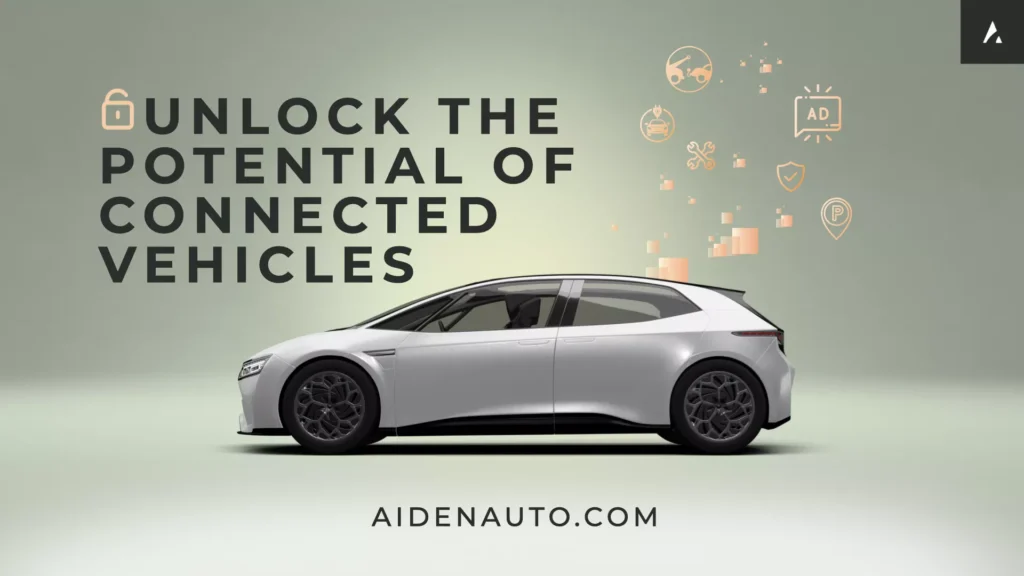





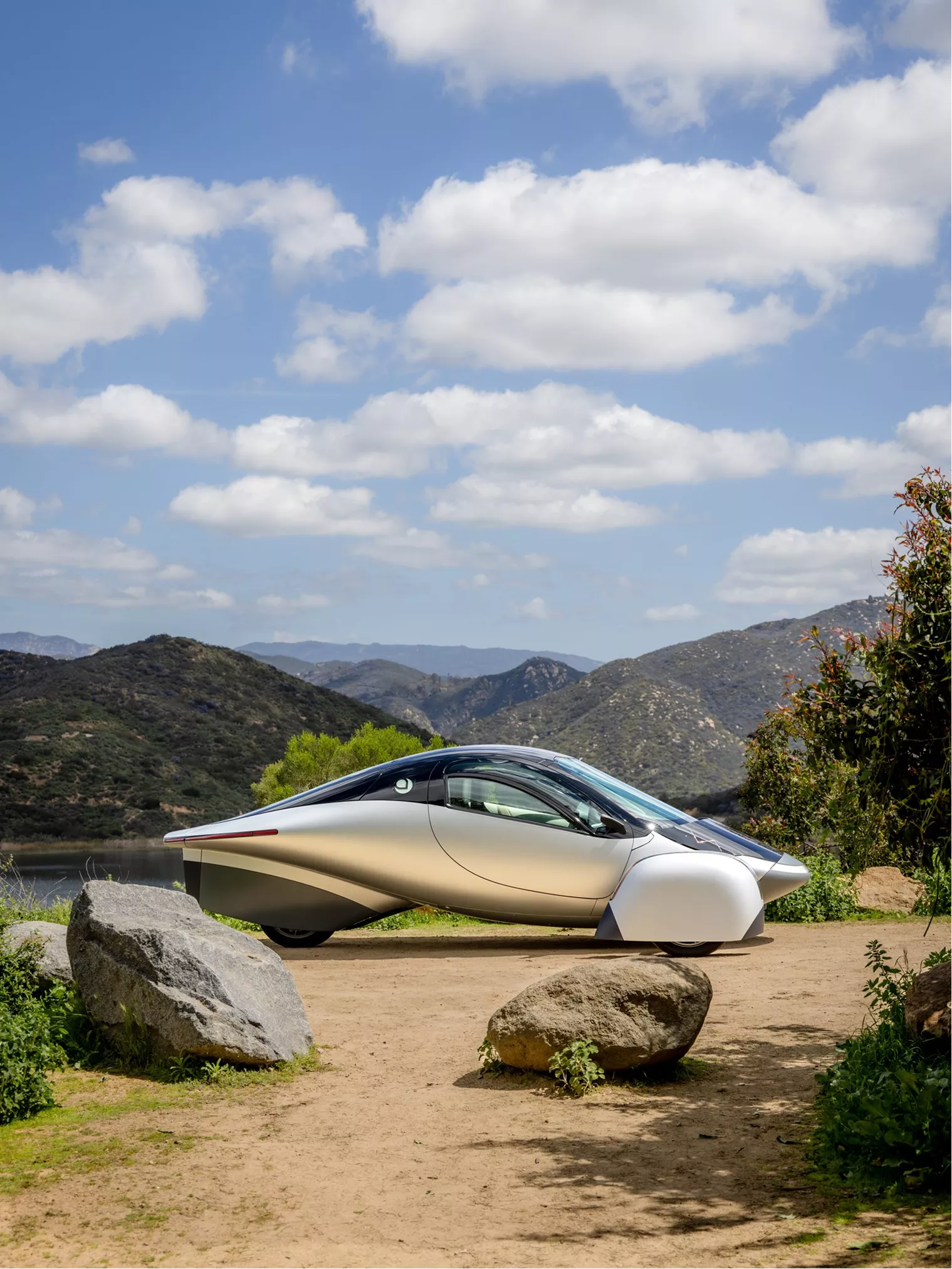
From EVs and batteries to autonomous vehicles and urban transport, we cover what actually matters. Delivered to your inbox weekly.
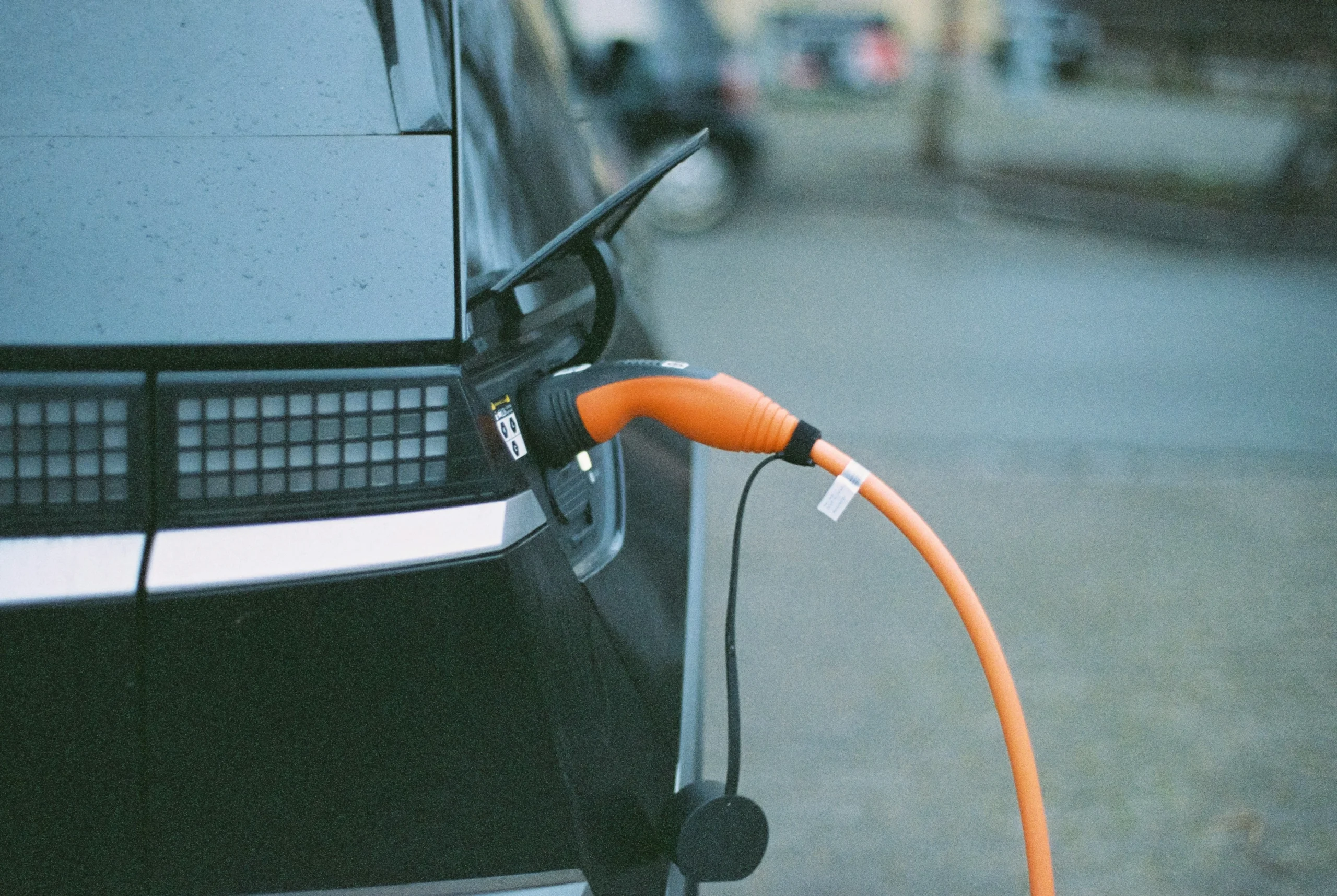
The first-generation semi-solid-state cell will deliver an energy density of 300 watt-hours per kilogram—about 20–30% higher than today’s mainstream EV lithium-ion packs. That energy boost could mean smaller, lighter battery packs without sacrificing range, or longer range with a similar footprint. Either option would help automakers improve efficiency and vehicle performance.
SVOLT, a Chinese battery spin-off from Great Wall Motor, is also pursuing a more advanced all-solid-state battery. This future design targets energy density of 400 Wh/kg and is being developed with both automotive and low-altitude aviation markets in mind. Reaching that level would mark a major step forward in energy storage, pushing beyond the limits of current liquid electrolyte-based lithium-ion technology.
The company’s two-track approach mirrors a broader industry trend. Automakers and battery suppliers are pushing toward all-solid-state chemistries that promise better safety, faster charging, and longer life—all while reducing reliance on scarce materials. But the road is long: most players expect full commercial readiness after 2030. SVOLT’s focus on semi-solid-state as a bridge technology reflects a practical step in closing that gap.
If SVOLT meets its 2027 production target, it would join a small group of firms bringing solid-state variants to market before the decade ends. More important will be whether the supply chain, cost structure, and cycle life meet OEM and regulator standards. As production timelines firm up, the gap between battery labs and real-world deployment may finally start to narrow.
“`